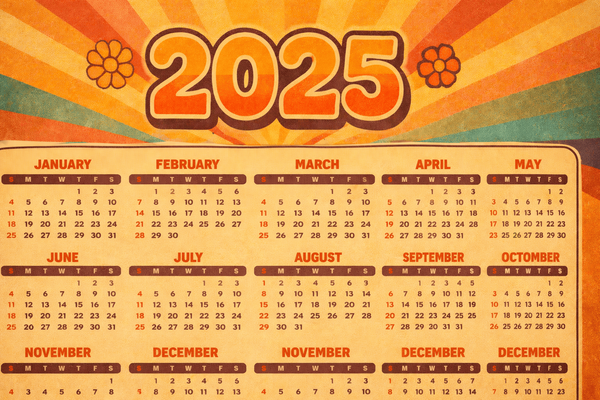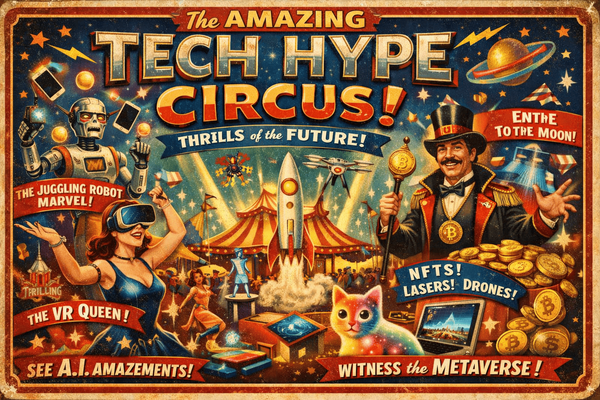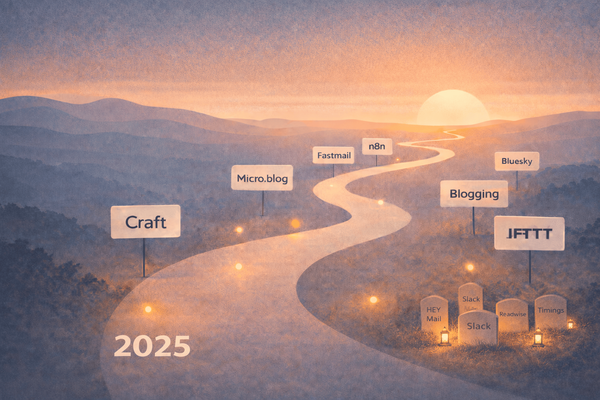Tim Cook’s Apple — Sadly Not About Products Anymore [Updated]
Tim Cook’s leadership is transforming Apple. If a recent profile published by the New York Time is any indication, Apple is less and less about the products. My thoughts. #apple #timcook #leadership
![Tim Cook’s Apple — Sadly Not About Products Anymore [Updated]](/content/images/size/w1200/wp-content/uploads/2020/08/3388a6aa-ac42-4d85-9ee8-8fa8edea64ee.34a757af23e04b68a0cf8b8d6dc6886a.jpg)
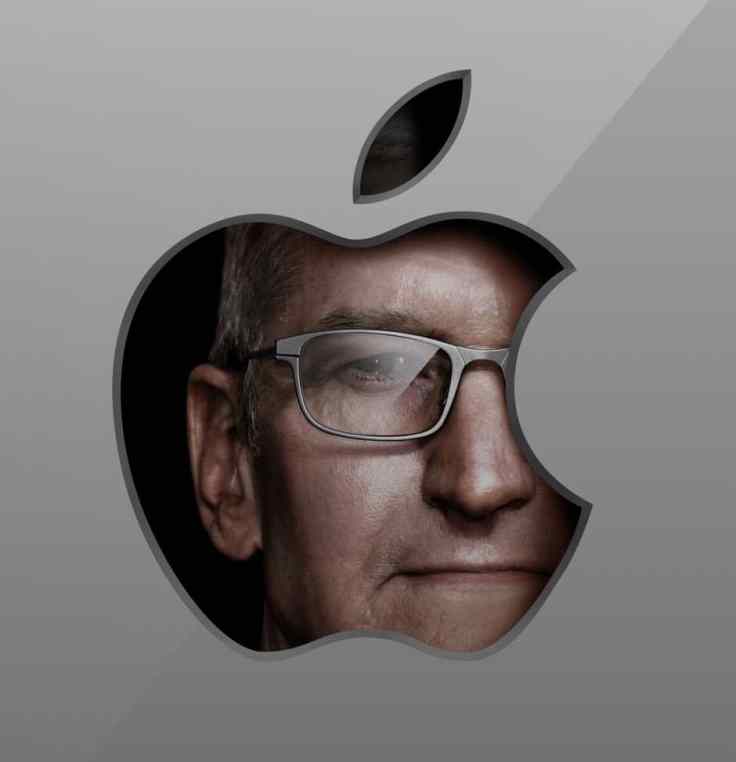
A published Tim Cook profile in the New York Times contains many insights about Tim Cook’s leadership style, the man who turned Apple into a cash machine. But, reading between the lines, there are troubling signs that Apple is less and less about products. Here are a few of my thoughts.
Tim Cook’s priorities
Make no mistake, I love Tim Cook’s Apple. However, I cannot see how Steve Jobs’s personality could have done something like this. Steve Jobs’ tenure was all about the products, how they were designed and made, how they worked. In my opinion, environmentally friendly products were not at the center of Steve Jobs’ vision, in my opinion1. It’s a Tim Cook thing. I don’t think people’s inclusivity was a pre-occupation for Steve Jobs either. It’s something essential for Tim Cook2. It is fascinating how people’s origin or their own personal fights can forge the company they lead. With Tim Cook as CEO, Apple got a new operating style, something Steve Jobs wanted before he died.
It’s the products, stupid!
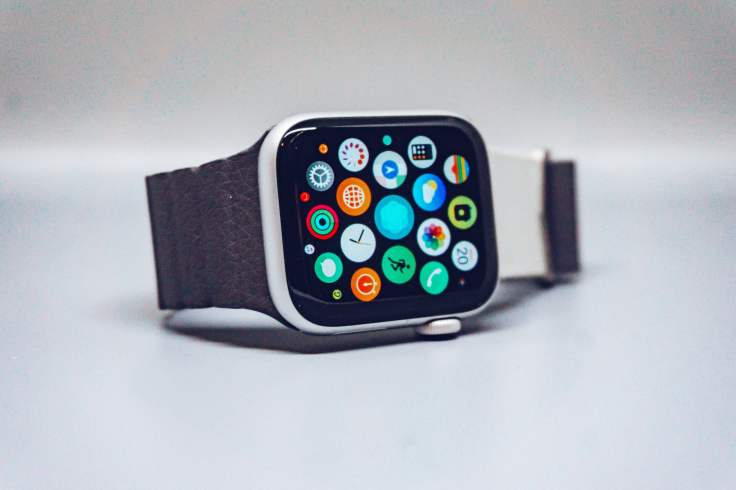
Tim Cook’s Apple is still operating under the “iterate, iterate, iterate” modus operandi, just like when Steve Jobs was there. That’s the way Apple operates: enter a space that you think you’ll make a difference, start slow, own the full stack and iterate methodically until you own the space. They did precisely that with the Apple Watch, an entirely new product category that came to life under Tim Cook’s tenure. After a few iterative releases, Apple eventually settled on the “raison d’être” of this product: health. It is something that has yet to happen on the HomePod. That’s Apple under Tim Cook: a powerful cash machine that is not willing to bet the farm on a new product thanks to the iPhone. Will this be the rumoured AR headset? The Apple Car? Time will tell. Tim Cook decided to bet the farm on China in recent years and signed a secret deal with them.
Smoking gun of a shift at Apple
Back to The New York Times article where it contains some interesting anecdotes regarding Tim Cook’s interests. Most of them relate to operations, not the products themselves3. Tim Cook is a master at operations. Steve Jobs knew it. A very telling story about Tim Cook’s lack of drive for new products:
When hardware chief Dan Riccio was exploring the idea of a smart speaker around 2015, Mr. Cook peppered him with questions about the product and asked for more information, said Mr. Deaver, the former human-resources executive, who said he was briefed on the exchange.
Mr. Riccio’s team scaled back working on it, Mr. Deaver said. Later, Mr. Cook emailed Mr. Riccio about Amazon.com Inc.’s Echo speaker and asked where Apple stood on its speaker effort.
Mr. Riccio’s team ramped up work. Apple’s resulting HomePod speaker trailed rivals to market by about two years and has struggled to catch up, accounting for five million of the 76 million active smart speakers in the U.S. as of last year, according to Consumer Intelligence Research Partners.
Under Steve Jobs, I have the feeling the HomePod would be no more already, or there would be another iteration. Tim Cook wasn’t interested in the idea of a smart speaker, only to change his mind when Amazon’s own smart speakers became popular.
Mr. Cook tends to assess new product ideas with caution, taking the position in some discussions that he doesn’t want to release a product that may sell poorly and undermine the company’s track record of success, according to senior engineers.
Remember the story about the lacklustre Cube sales? It was cancelled less than a year after its introduction by Steve, and he moved on4. But, unfortunately, under Tim Cook, Apple tends to double down instead of backtracking. We all remember the MacBook butterfly keyboards, right? It took them four unbearable years to fix it. It’s a long time. Today, thankfully, Apple reverted most of their bad decisions about the MacBook Pro by re-introducing things like an HDMI port and an SD Card slot.
Lack of products leadership?
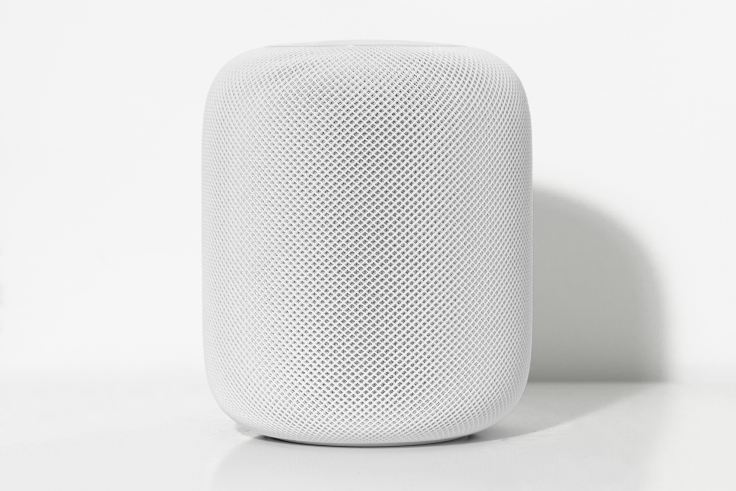
The HomePod story is a sad example of a product created with the wrong intention, the wrong goal. The HomePod could have been something entirely different as I wrote a while back in my piece “Amazon, Google, Apple and Home Networks.” In 2015, Apple was still selling the AirPort product line, but they didn’t have the vision or the drive to move it to its next phase, and Tim Cook clearly wasn’t the right leader to steer the ship in the much-needed new direction. So instead of building a product for themselves, they made the HomePod to compete against Amazon. It’s the worst motivation possible, in my opinion.
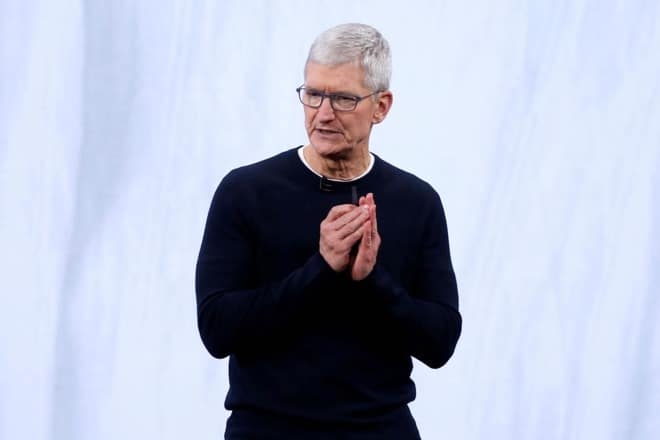
Tim Cook’s style has reshaped how Apple staff work and think. To me, if true, it’s a tangible sign that Apple is distancing itself from its roots: it’s all about the product and the experience. Now, it’s about the customer satisfaction rating, the manufacturing capacity and operations efficiency.
When Steve Jobs passed away, people thought Apple would start to fail without a guy like him. I was one of those who believed that Apple was not a one-person show. It was undoubtedly the case, but the leadership Steve Jobs had on Apple made a big difference in product development direction. Under Tim Cook, Apple is so different in many different and positive ways, but it is also more hesitant. The Apple Watch start is a great example of a super nice product but lacks a clear mission. The same goes for the HomePod. All other products are iterative versions of their predecessors.
Apple Silicon Macs — Back to Products?
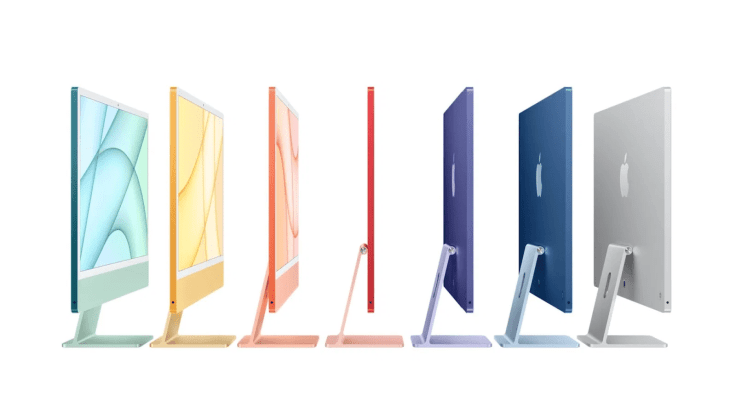
The ongoing transition of the Mac product line to the Apple Silicon is probably the most telling sign that Apple’s under Tim Cook is thinking again about the product. This transition shows that Apple is back at pushing the envelope from a design perspective, even though they don’t go as far as Microsoft in recent years5. With Apple Silicon in Macs, Apple focuses on performance and performance per watts. For the MacBook product line, it makes a big difference in battery life. The latest updates to the MacBook Air, Mac mini, MacBook Pro made a big splash among customers bringing back delight. Finally.
- I remember seeing Steve Jobs presenting environment cards of the iPhone 4 for example but this wasn’t his thing. It was a by-product of great designs. Tim Cook team is much more involved in environment-friendly initiatives which took place under his current position as a CEO. That is the way he leads I guess. I’m thankful for that. ↩
- For Tim Cook, it was very important for him to come out of the closet. It is a well documented decision. ↩
- He rarely pay a visit to the design studio, something Steve would do many times a week. ↩
- According to MacTracker’s History note on the Cube: The consensus was that Apple had misjudged the market, making the Cube an expensive “luxury” computer instead of a cheaper monitor-less iMac. In February 2001, The Cube received a feature and price change. The low-end configuration was repriced at $1299 U.S. A “better” configuration was made available, with a CD-RW drive and 128 MB of RAM, for $1599 U.S. Finally, the high-end version got a 60 GB hard drive, 256 MB of RAM, a CD-RW drive and an 32 MB NVIDIA GeForce2 MX video card, and sold for $2199 U.S. ↩
- Microsoft is trying hard new ideas and I like what they do in general. ↩

